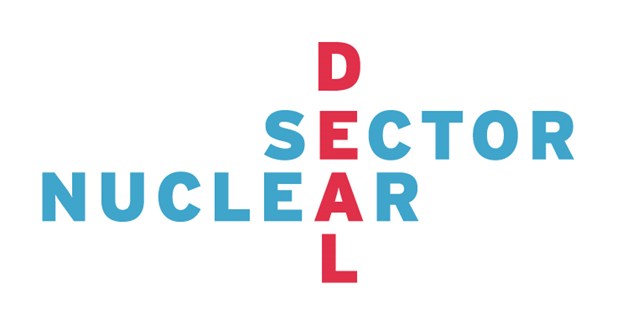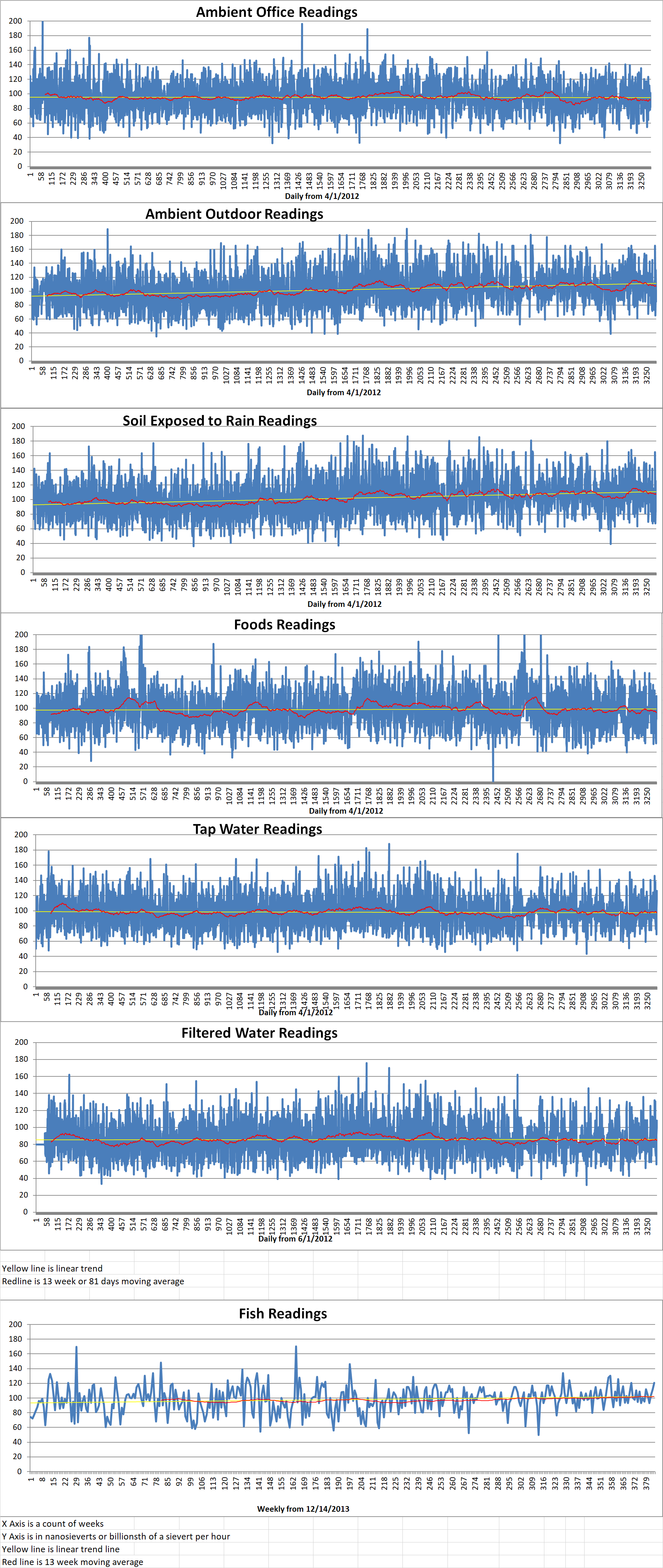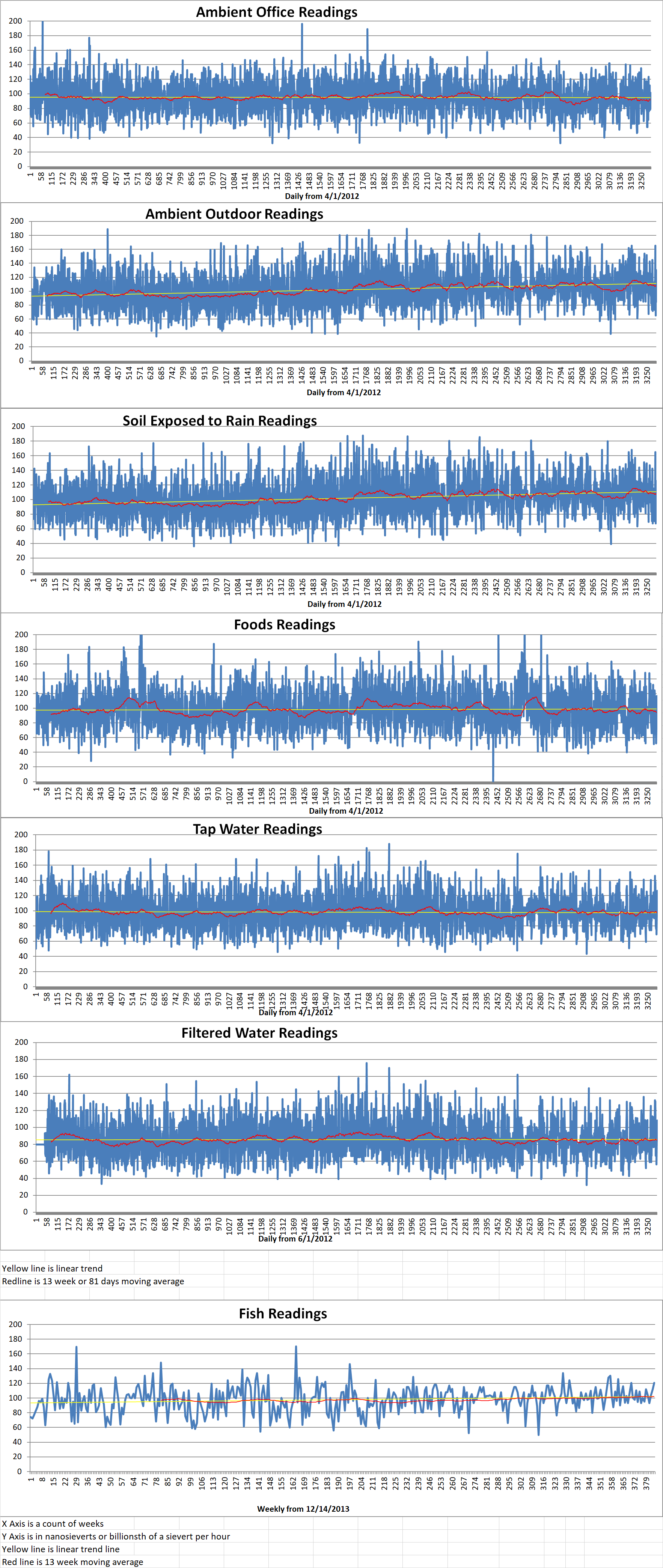A new report titled Unlocking the UK’s Nuclear Hydrogen Economy to Support Net Zero, was just published by the U.K.’s Nuclear Sector Deal’s innovation Group. The report presents a series of recommendations for taking advantage of the opportunity of zero-carbon hydrogen produced by nuclear power. The report is a cross-sector action plan for consideration by the U.K. Nuclear Industry Council. The authors say that it is aimed at offering “maximum value” to the planned U.K. Hydrogen Strategy. The report lays out ten actions for the nuclear industry and ten commitments for the U.K. government.
Fiona Rayment is the chair of the Innovation Group and chief science & technology officer at National Nuclear Laboratory. In the report, she says, “The production of hydrogen from nuclear energy only requires today’s technologies to generate hydrogen with zero emissions. Driving nuclear hydrogen production today will de-risk the UK energy transition as we strive for net zero. A cross-sector approach, working collaboratively across the entire hydrogen value chain, will enable us to achieve economic prosperity and global leadership in delivering a nuclear hydrogen economy. The opportunity is enormous, and this is the backbone of our action plan.”
In the ‘economic’ section, the report states that appropriate measures should be created now in order to deliver an immediate term use case for nuclear-derived zero carbon hydrogen that will activate the market. Next, support schemes should be developed to offer incentives to the full hydrogen value chain for a range of markets, building on the first use case.
In the ‘technical’ section, the report says that the U.K. supply chain capability should be enhanced to make use of its full potential across the entire hydrogen value chain and should capitalize on the huge future export market for hydrogen based products. Next, funding should focus on the acceleration of technological innovation that delivers increased efficiencies and scalability. These should utilize heat and electricity from nuclear power plants. Demand side technology should be included.
In the ‘regulatory’ section, innovative regulation and active collaboration between regulators and industry should be facilitated to enable accelerated deployment of technologies in the delivery of nuclear-derived hydrogen. International collaboration should be encouraged to synchronize the U.K. with international standards. This should create an increasing export market.
In the ‘policy’ section, a comprehensive siting strategy should be developed that ensures maximum contribution to the agenda that drives high-skilled, high-value jobs across multiple U.K. regions. Policy that will embrace the potential for nuclear to decarbonize sectors such as transport, heavy industry and direct heat should be supported.
In the ‘finance’ sector, a focused effort should be established to encourage communicating the benefits of nuclear hydrogen products which will serve to demonstrate the social value of nuclear driven hydrogen. A zero-carbon hydrogen standard should be defined. This will ensure consistent access to finance and market mechanisms for all relevant technologies as they achieve commercialization.
In a statement publicizing the report, Rayment said, “With decades of nuclear experience, the UK sits on a wealth of skills, talent and capability that can deliver nuclear derived hydrogen at scale. This capability can create the world’s first nuclear derived hydrogen economy, delivering net zero at lower cost to consumers. The UK could spur a future global commodity market for hydrogen, enhancing exports of skills and innovative technology.”
Tom Greatrex is the chief executive of the Nuclear Industry Association. He commented, “Nuclear power should be right at the heart of zero-carbon hydrogen production, alongside renewable technology. Nuclear reactors, both large and small, offer the innovative solutions we need to decarbonize sectors beyond electricity as part of a robust net zero mix, starting today and going into the future. The government has already recognized that potential, and we look forward to working with them and other partners to create a strong framework for a nuclear derived hydrogen economy. It is an opportunity that cannot be missed.”
In a separate statement, he responded to the National Grid’s newly published 2021 Future Energy Scenarios Report. He said, “National Grid’s scenarios show that we need new nuclear to hit net zero, including replacing existing capacity by the mid-2030s, and expansion thereafter. But to meet the growing demand for clean power, the UK should have even more ambitious targets for nuclear, our only proven source of firm, emissions-free power. We should also strive to produce as much of that power ourselves, to safeguard Britain’s energy security. Interconnectors have a key role in stabilizing our energy system, but we should not make our road to net zero dependent on other countries’ energy policies. Nuclear investment is a sure path to better jobs, lower emissions, and security of supply.”
Blog
-

Nuclear Reactors 926 – U.K. Working On Generating Hydrogen At Nuclear Plants
-

Geiger Readings for Jul 14, 2021
Ambient office = 114 nanosieverts per hour
Ambient outside = 66 nanosieverts per hour
Soil exposed to rain water = 63 nanosieverts per hour
New potato from Central Market = 123 nanosieverts per hour
Tap water = 124 nanosieverts per hour
Filter water = 106 nanosieverts per hour
-

Nuclear Reactors 925 – Nuclear Reactors Attractive Target For Terrorists
Matthew Bunn of Harvard Kennedy School said, “For whatever reason, for a certain brand of right-wing extremists in the United States and elsewhere, there’s a real obsession with nuclear.” He went on to say that this is especially concerning when they work at a nuclear plant or knows someone who does. Insiders are especially dangerous because of all the nuclear threats on record, most of them were perpetrated by insiders or with the help of insiders. Bunn and Scott Sagan recently co-edited a book titled Insider Threats. Nuclear threats constitute some of the material in the book.
A book titled The Turner Diaries is one of the foundational documents for extreme racists and right-wing movements in the U.S. The book envisions them using nuclear weapons against U.S. cities to destroy the government so the perpetrators can rebuild a whites-only nation.
One extremist who worked at a nuclear power plant was Ashli Babbitt. She was part of the crowd who stormed the U.S. Capital on January 6th. She was trying to climb through a broken window when she was shot and killed by a policeman. From 2015 to 2017, Babbitt worked at the Calvert Cliffs nuclear power plant in Maryland. As far as anyone knows, she did not do anything wrong while she worked there.
Nuclear power plants remain an interest to many extremists. In 2015, a suspect who was linked to the Paris terrorist attacks was found to possess surveillance footage of a top official at a nuclear facility in Belgium. Authorities were concerned that members of the Islamic State might have been planning to kidnap that official in order to obtain radioactive materials for a terrorist attack.
Bunn said, “The Japanese terror group called Alum Shinnikyo that launched nine gas attacks in the Tokyo subways in 1995 and Al Qaeda both pursued nuclear weapons fairly actively. Recently the Under Secretary General of the United Nations for Counterterrorism reported that the Islamic State has used bitcoin to buy and sell radioactive materials.”
Bunn says that India and Pakistan are particularly concerning because of the terrorists who live and operate in the two countries. We know little of what is happening in Russia with respect to nuclear terrorists since Russia invaded the Crimea and their cooperation on international nuclear security ended.
Bunn commented, “We really have only very modest information available on what’s going on in Russia which is the world’s largest stockpile of nuclear weapons, the world’s largest stockpile of plutonium and highly enriched uranium in the world’s largest number of buildings and bunkers.”
The U.S. has been assisting other countries to completely dispose of nuclear materials that they don’t need anymore. Bunn helped to create this program. He said that more than half of all the countries in the world that use to have nuclear materials that could have been used to make nuclear weapons have disposed of those nuclear materials. He says that there is much that still needs to be accomplished with regard to nuclear security. He encourages the U.S. to keep its attention on nuclear weapons. -
Nuclear News Roundup Jul 13, 2021
Geospatial imagery shows activity at Iranian nuclear facility gpsworld.com
UN nuclear agency to help monitor Fukushima water release abcnews.go.com
ESA reviews COVID impacts on supply and demand world-nuclear-news.org
Rolls-Royce, Cavendish Nuclear sign SMR partnership agreement world-nuclear-news.org
-

Geiger Readings for Jul 13, 2021
Ambient office = 83 nanosieverts per hour
Ambient outside = 93 nanosieverts per hour
Soil exposed to rain water = 93 nanosieverts per hour
Carrot from Central Market = 86 nanosieverts per hour
Tap water = 122 nanosieverts per hour
Filter water = 107 nanosieverts per hour
-

Nuclear Reactors 924 – Researchers Study Neutron Clustering In Nuclear Reactors
The long-theorized neutron-clustering effect in nuclear reactors has been demonstrated. A new study recently published in the journal Nature Communications Physics details the work. The research was carried out by a collaboration of Institute for Radiological Protection and Nuclear Safety (IRSN) and the Atomic Energy Commission (CEA), both located in France.
Nicholas Thompson is an engineer with the Los Alamos Advanced Nuclear Technology Group. He said, “The neutron-clustering phenomenon had been theorized for years, but it had never been analyzed in a working reactor. The findings indicate that, as neutrons fission and create more neutrons, some go on to form large lineages of clusters while others quickly die off, resulting in so-called ‘power tilts,’ or asymmetrical energy production.”
Understanding these clustering fluctuations is very important for safety and simulation accuracy. This is especially critical when nuclear reactors first begin to power up.
Thompson said, “We were able to model the life of each neutron in the nuclear reactor, basically building a family tree for each. What we saw is that even if the reactor is perfectly critical, so the number of fissions from one generation to the next is even, there can be bursts of clusters that form and others that quickly die off.”
This clustering phenomena is important to understand because of a statistical concept known as the gambler’s ruin. The concept is attributed to Blaise Pascal. In an analogy to betting, the concept says that even if the changes of a gambler winning or losing each individual bet are fifty percent, over the course of enough bets, there is a statistical certainty that the gambler will lose all of his money.
In nuclear reactors, each neutron can be said to have a similar fifty percent chance of dying or triggering a fission event. According to the gambler’s ruin idea, the neutron in a nuclear reactor might then have a statistical chance of dying off completely after a nuclear fission event, even thought the system is at critical.
This concept has been widely studied in other scientific fields such as biology and epidemiology where this clustering effect is also found. The research team drew on this related statistical math. They were able to analyze whether the gambler’s ruin concept would hold true for neutrons in nuclear reactors.
Jesson Hutchinson works with the Laboratory’s Advanced Nuclear Technology Group. He said, “You would expect this theory to hold true. You should have a critical system that, while the neutron population is varying between generations, runs some chance of becoming subcritical and losing all neutrons. But that’s not what happens.”
In order to understand why the gambler’s ruin concept did not apply in nuclear reactors, researchers utilized a low-power nuclear reactor at the Walthousen Reactor Critical Facility in New York. The low powered reactor was critical for tacking the lifespans of individual neutrons because large-scale reactors can have trillions of interactions at any moment. The team used three different neutron detectors, including the Los Alamos-developed Neutron Multiplicity 3He Array Detector (NoMAD), to trace every interaction inside the reactor.
The team discovered that while generations of neutrons would cluster in large family trees and others died out, a complete die-off was avoided in the small reactors because of spontaneous fission. This is the non-induced nuclear splitting of radioactive materials inside reactors which creates more neutrons. This balance of neutron-induced fission and spontaneous fission prevented the neutron population from dying out completely. It also tended to smooth out the energy bursts created by clustering neutrons.
Hutchinson said, “Commercial-sized nuclear reactors don’t depend on the neutron population alone to reach criticality, because they have other interventions like temperature and control rod settings. But this test was interested in answering fundamental questions about neutron behavior in reactors, and the results will have an impact on the math we use to simulate reactors and could even affect future design and safety procedures.” -
Nuclear News Roundup Jul 12, 2021
Russia conducts drills involving nuclear-capable bombers startribune.com
North Korea Needs the Bomb to Protect Itself From America foreignpolicy.com
US Envoy Warns China ‘Looking At’ New Nuclear Technologies usnews.com
Nuclear Experts Warn Against Returning to Deal With Iran www1.cbn.com
-

Geiger Readings for Jul 12, 2021
Ambient office = 101 nanosieverts per hour
Ambient outside = 85 nanosieverts per hour
Soil exposed to rain water = 84 nanosieverts per hour
Celery from Central Market = 116 nanosieverts per hour
Tap water = 126 nanosieverts per hour
Filter water = 108 nanosieverts per hour
-
Nuclear News Roundup Jul 11, 2021
Nucleoeléctrica contracted to complete CAREM-25 world-nuclear-news.org
USA-Ukraine project ‘could add a VVER-1000’ world-nuclear-news.org
GE Hitachi applies for used fuel storage facility license renewal world-nuclear-news.org
Euratom research and innovation program receives funding world-nuclear-news.org
